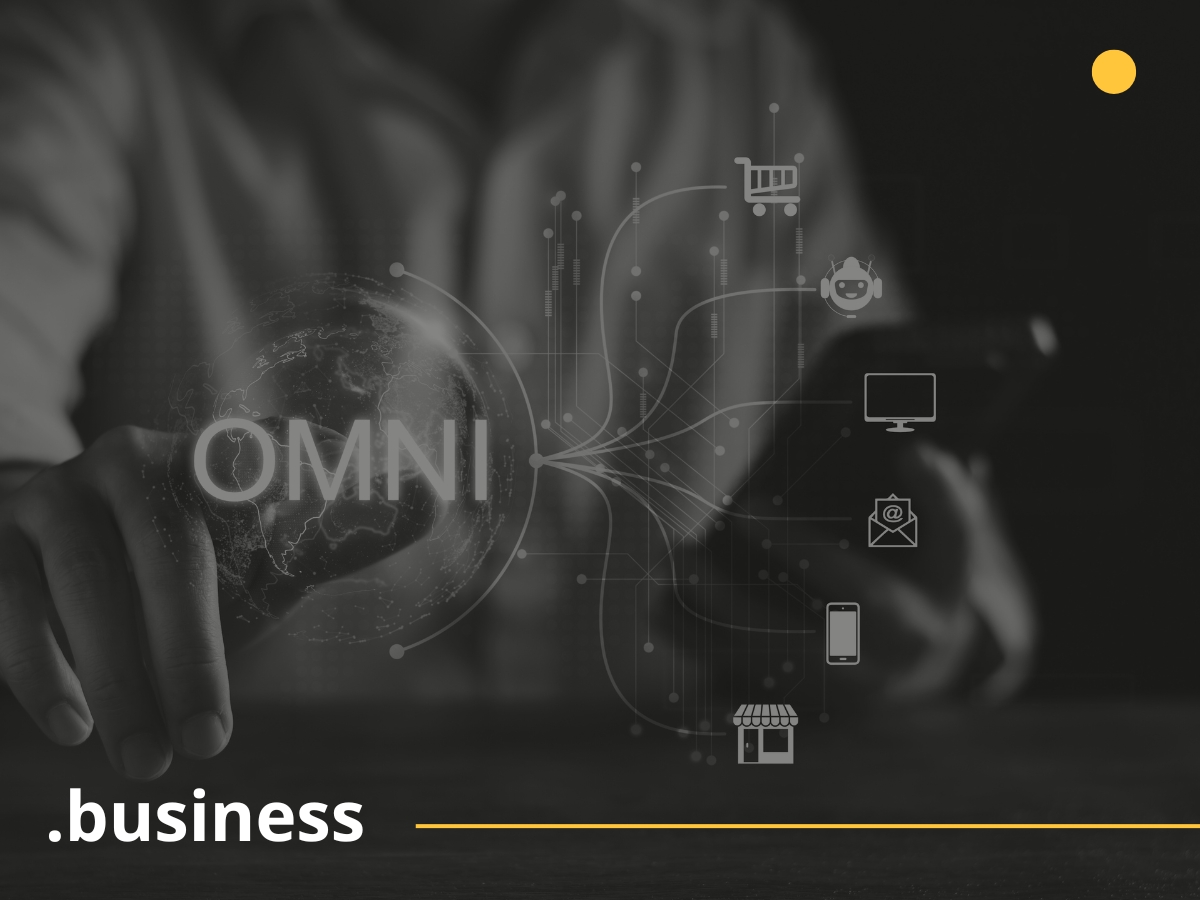In a market where modern consumers are becoming increasingly demanding and seeking interactions, it is essential to adopt strategies that cater to the diverse interests of the audience. With omnichannel, it becomes easier to innovate by being in multiple places at the same time.
Consumers are constantly looking for innovative, multi-platform solutions that address their needs. Any business capable of offering these differentiators has the potential to stand out in the market and gain a competitive edge.
In this article, you will discover how the hybrid journey and omnichannel strategy are connected and learn about the benefits of this relationship to boost your business!
What is Omnichannel?
The omnichannel strategy leverages a variety of communication channels in an interconnected way while maintaining the brand’s identity. This allows consumers to access both online and offline platforms and have the same brand experience across all touchpoints.
Implementing an omnichannel strategy in a business is particularly valuable because it expands interaction possibilities with the audience. This makes it possible to provide a seamless experience and build stronger relationships with customers. Additionally, it offers the opportunity to engage with different customer profiles, broadening the consumer base.
The key differentiator of the omnichannel strategy is its focus on maintaining the brand’s personality across all customer service channels. Regardless of the platform the customer uses, they will always recognize the essential characteristics of your business.
Omnichannel aligns with customers’ needs, helping to enhance brand value. According to the 2023 Retail Trends Report by Opinion Box, 72% of consumers say they want companies to recognize them as unique individuals and pay attention to their interests.
With an omnichannel approach, businesses can personalize experiences, meet customer expectations, and provide more solutions so that consumers feel satisfied with multichannel service.
What is a Hybrid Journey?
As digital and physical integration strengthens in retail, it has also become a growing trend in the workplace. The hybrid journey has become a preferred model among companies, especially after the pandemic, with about 85% of organizations combining in-office work with remote work, according to Estadão.
The hybrid journey allows professionals to enjoy the best of both worlds: the comfort of working from home while maintaining in-person interactions with teams and the work environment. This helps optimize daily routines and provides more free time for personal activities.
After the pandemic, many businesses that adapted to remote work decided to continue with this model partially. This approach brings greater convenience to work routines while maintaining employees’ in-office presence when necessary.
How does the Omnichannel strategy relate to the Hybrid Journey?
The integration of in-person and digital resources is present in both the omnichannel strategy and the hybrid journey. This dynamic demonstrates how the modern consumer is also a worker connected to two realities and models: online and offline.
It is important to note that about 62% of consumers report making at least five online purchases per month. At the same time, shopping in physical stores has not disappeared.
For this reason, omnichannel helps reach consumers who are accustomed to a hybrid journey. The option to buy online and pick up in-store is ideal for those who leave home for work but enjoy browsing options online.
Similarly, there are cases where a person visits a physical store but completes the purchase online, whether through an app or a website. A customer might visit a store near their workplace but decide to place the order from home, online. Since they have more remote workdays, they can receive the product at home without any issues and still enjoy e-commerce benefits.
In other words, omnichannel and the hybrid journey intersect by offering more convenience and opportunities in people’s daily lives. Because of this, businesses that target both online and offline audiences gain a competitive advantage and can increase sales.
Did you find this concept interesting? Subscribe to our newsletter and receive more e-commerce-related content like this!



